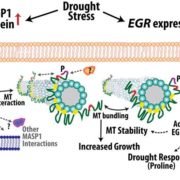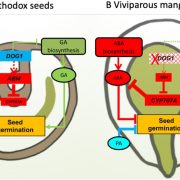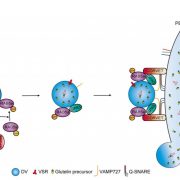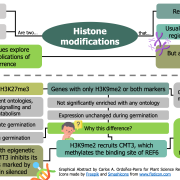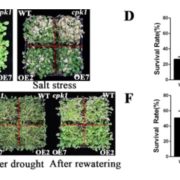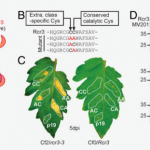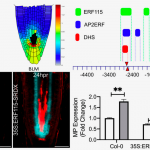Seed traits determine species responses to fire under varying soil heating scenarios ($) (Funct. Ecol.)
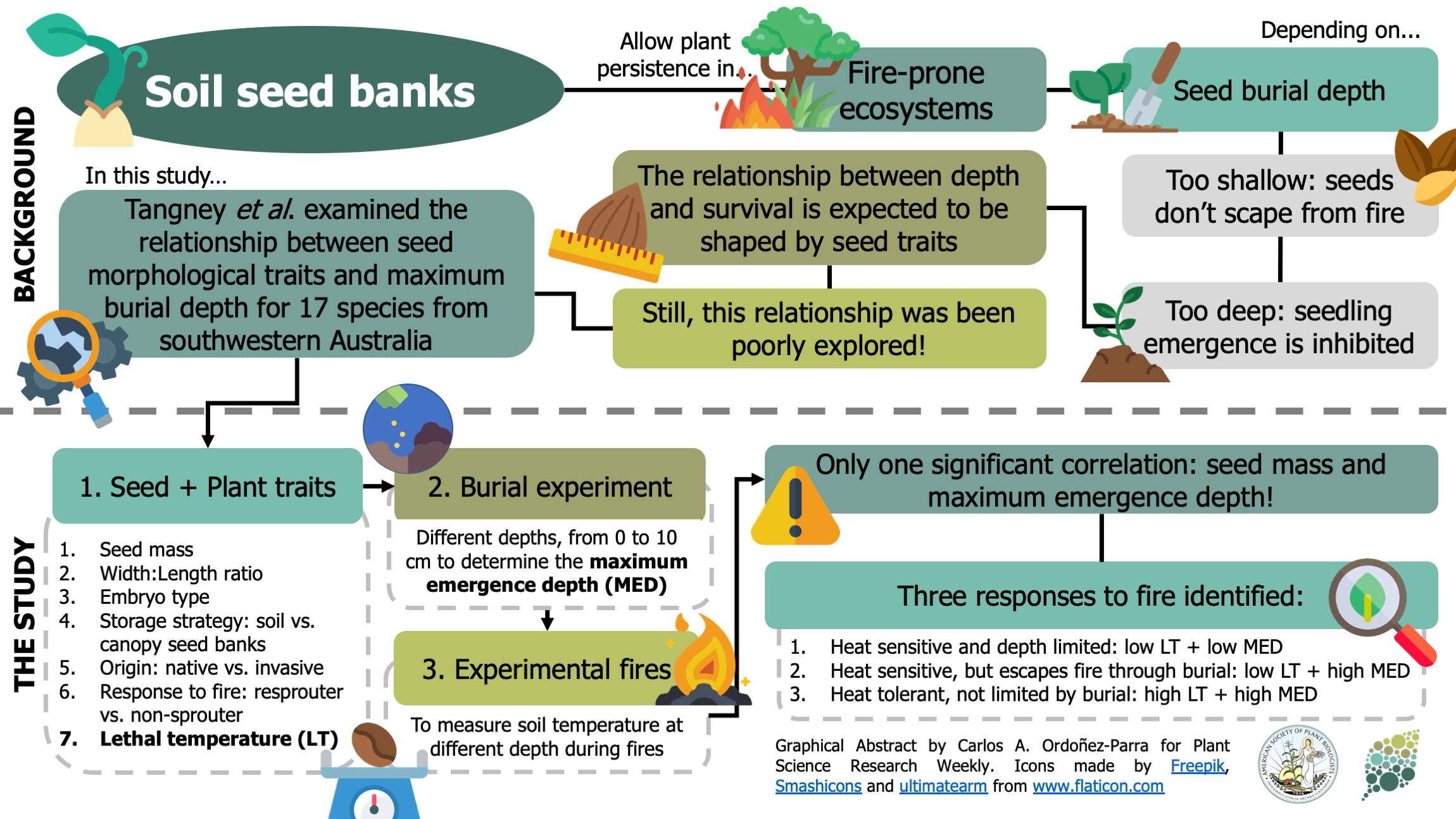 Soil seed banks allow plants to persist in fire-prone ecosystems. However, if seeds are buried too deep, seedling emergence can be inhibited. The maximum depth at which seeds can be buried without hampering recruitment is expected to be shaped by different seed traits, although this has been seldom tested. Here, Tangney et al. examined the relationship between seed traits and maximum burial depth. Through a combination of greenhouse and laboratory experiments, the authors assessed the lethal temperature (i.e., the temperature where 50% of seeds lose viability) and maximum emergence depth of 17 species from southwestern Australia. Experimental fires of different intensities were also conducted to measure soil temperatures at different depths. Seed mass was positively correlated with maximum emergence depth, suggesting heavier seeds had more abundant reserves that allowed them to emerge from deeper in the soil. Considering the soil temperatures registered during experimental fires, the authors describe a spectrum in fire sensitivity: from highly sensitive species (low lethal temperatures and maximum emergence depth) to highly resistant species (higher lethal temperatures an emergence depths). As a result, this research provides interesting insights for future efforts about the role of functional traits in plant regeneration in fire-prone ecosystems. (Summary by Carlos A. Ordóñez-Parra @caordonezparra) Funct. Ecol. 10.1111/1365-2435.13623
Soil seed banks allow plants to persist in fire-prone ecosystems. However, if seeds are buried too deep, seedling emergence can be inhibited. The maximum depth at which seeds can be buried without hampering recruitment is expected to be shaped by different seed traits, although this has been seldom tested. Here, Tangney et al. examined the relationship between seed traits and maximum burial depth. Through a combination of greenhouse and laboratory experiments, the authors assessed the lethal temperature (i.e., the temperature where 50% of seeds lose viability) and maximum emergence depth of 17 species from southwestern Australia. Experimental fires of different intensities were also conducted to measure soil temperatures at different depths. Seed mass was positively correlated with maximum emergence depth, suggesting heavier seeds had more abundant reserves that allowed them to emerge from deeper in the soil. Considering the soil temperatures registered during experimental fires, the authors describe a spectrum in fire sensitivity: from highly sensitive species (low lethal temperatures and maximum emergence depth) to highly resistant species (higher lethal temperatures an emergence depths). As a result, this research provides interesting insights for future efforts about the role of functional traits in plant regeneration in fire-prone ecosystems. (Summary by Carlos A. Ordóñez-Parra @caordonezparra) Funct. Ecol. 10.1111/1365-2435.13623



